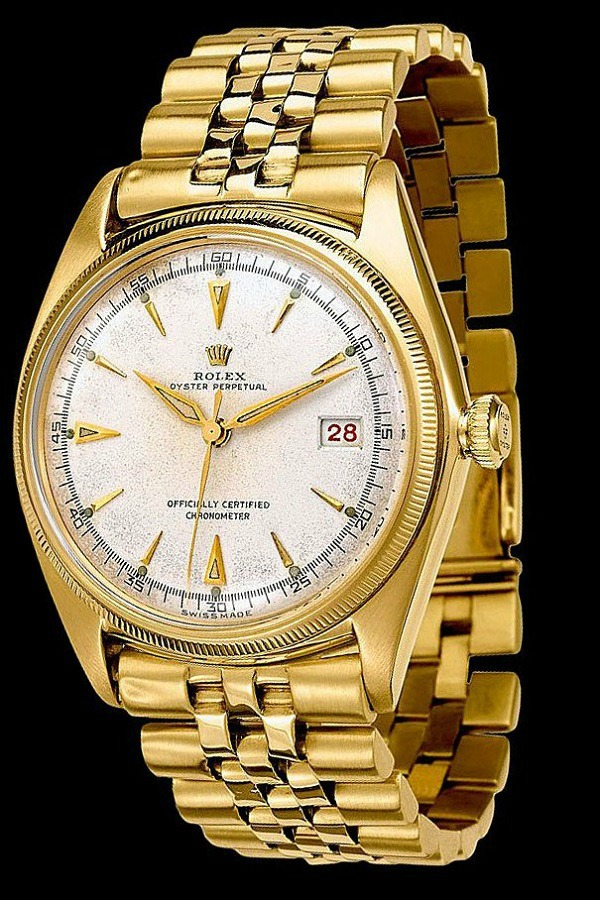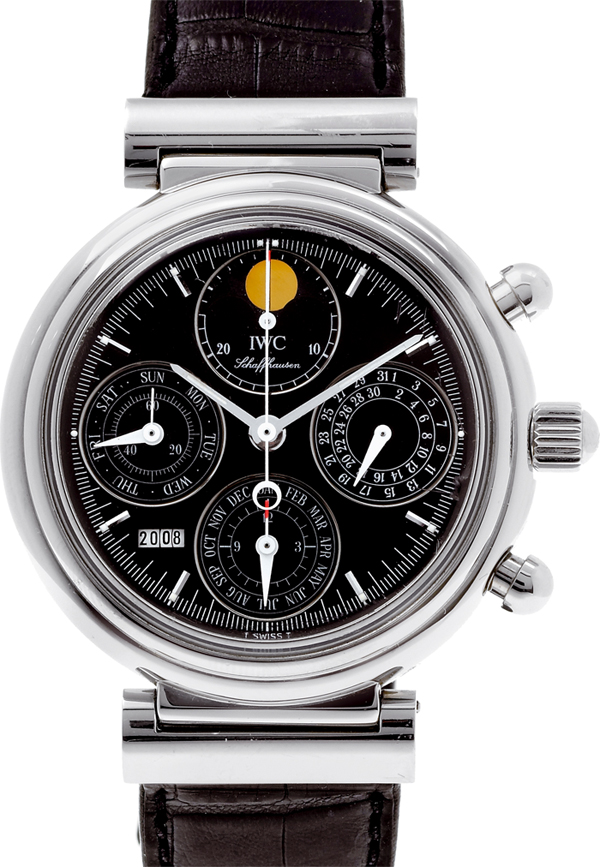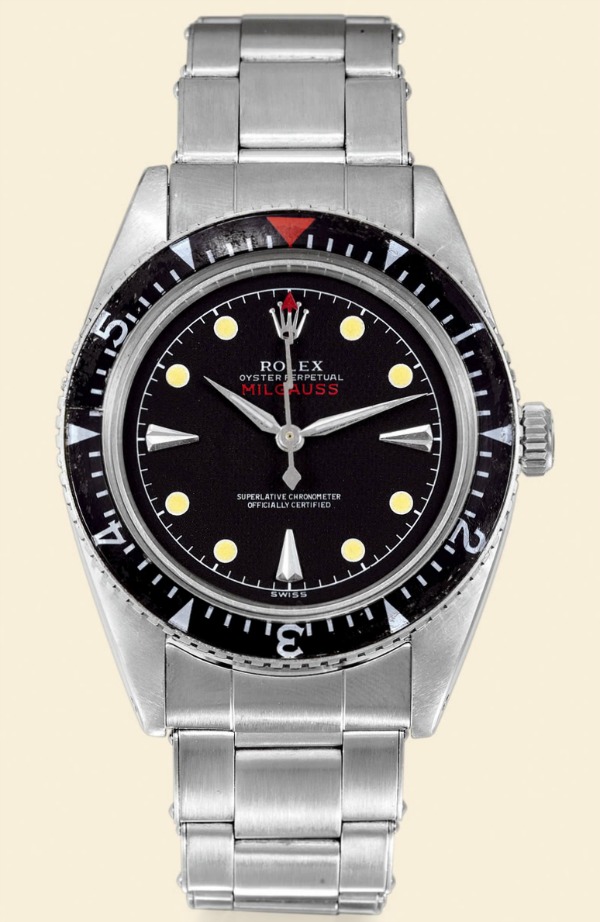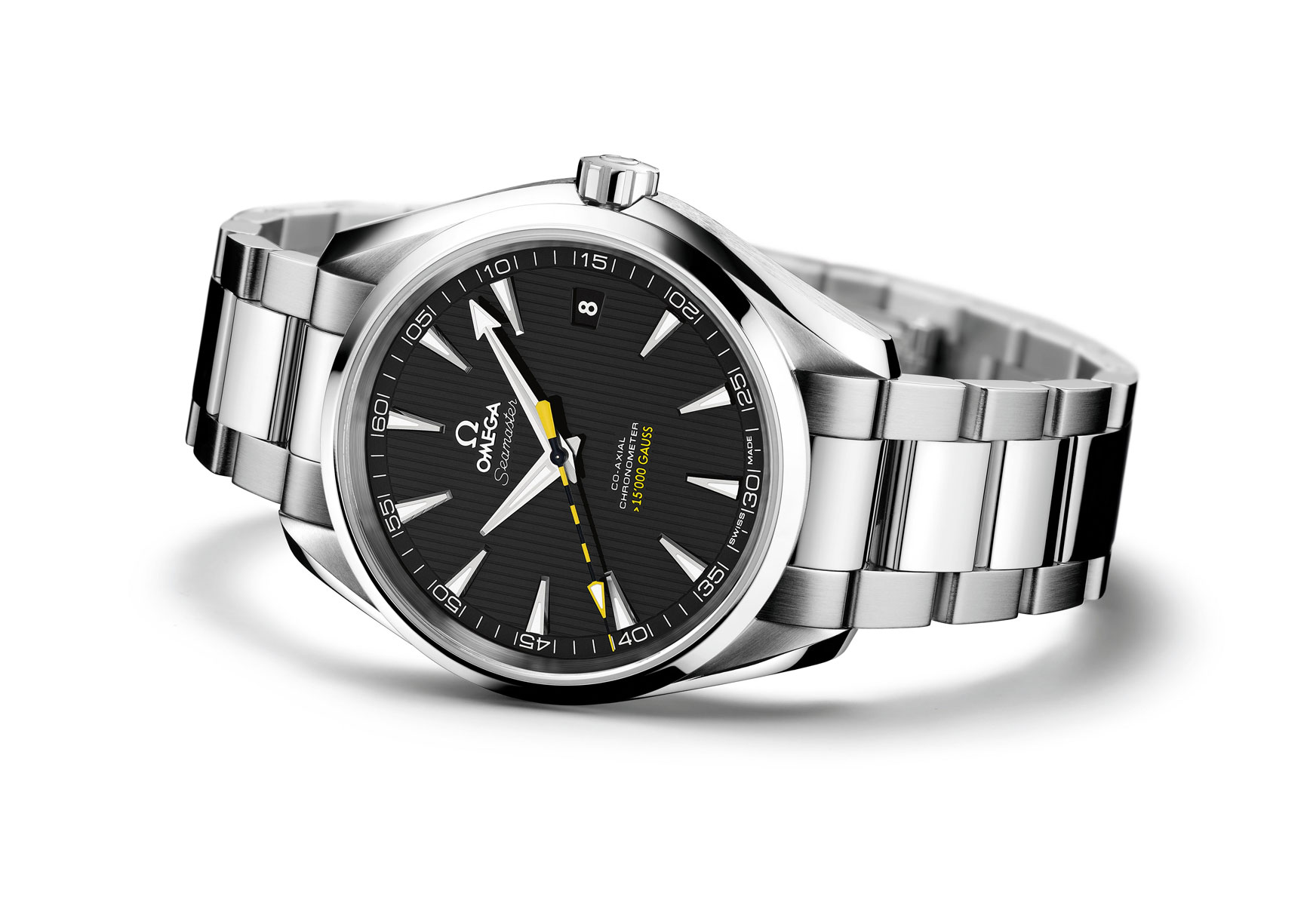
The Date Calendar Watch
After telling the time, the next most important addition to a watch would be the date. Add in a perpetual calendar and you would have all the fundamentals covered.
Launched in 1945, The Rolex Datejust was the first wristwatch with a date function. It featured a date wheel containing alternating red and black date markers and was fitted with a coin-edged bezel and “pie-pan” dial. This “coin edged” bezel later evolved into what is now known as the “Rolex Fluted Bezel”. However, probably the biggest change to occur was in 1954 with the introduction of the “cyclops”. A two and a half power lens which made reading the date easier and also became a Rolex signature.
The original Datejust was launched with a size of 36mm and it stayed that way for over 60 years. Recently, at the 2009 Baselworld, Rolex launched the Datejust II with an updated movement and a size of 41mm to fit with contemporary tastes for larger watches.
Of course, the perpetual calendar is the ultimate date display and Patek Phillipe, who are masters of this complication, were the first to develop it in a wristwatch when they took the perpetual calendar movement from one of their ladies pendant watches from 1898 and transformed it into a wristwatch. Patek Phillipe since have gone on to create many notable perpetual calendar wristwatches. Since Patek Phillipe introduced the first one, many other brands have created perpetual calendar watches, most of them similar in approach.

However in 1985, IWC surprised the watch world with their da Vinci model (Ref. 3750) which went on to become the most widely sold perpetual calendar watch in history. The da Vinci not only had a number of unique features but also retailed for half the price of its nearest competitor.
Typically so long as you keep a perpetual calendar watch wound and running, they stay synchronized. However, let the mainspring run down and you have resetting problems. Having to set all the displays individually can be awkward. Cleverly, all the displays on the da Vinci stay synchronized and can be easily set using just the crown, something which was revolutionary and one of the reasons it became so popular.
The Anti-Magnetic Watch
Magnetic fields are one of the major causes of inaccuracy in watches and these days they are everywhere.
Due to the two delicate springs inside mechanical watches – one so thin its actually called a ‘hairspring ‘- magnetism has been a significant problem throughout most of watchmaking history because it can cause havoc with the timing of a watch. Watches are particularly vulnerable when worn by people who do a lot of travelling or work in certain areas such as the medical or scientific professions for instance.
As magnetic fields have become more omnipresent in our daily lives anti-magnetic watches are still an object of active research, Omega made headlines at Baselworld 2013 with its announcement of a new anti-magnetic watch, but more on that later. Let’s first take a look at some of the advances made in the anti-magnetic watch.
Watchmakers Vacheron Constantin were among the first to experiment with anti-magnetic watches in the mid 19th century and created a watch able to withstand magnetic fields by using a palladium-made balance wheel, balance spring and lever shaft. In 1933, similar technical aspects were employed by Tissot in the first mass produced anti-magnetic wristwatch, the “Antimagnetique” which reduced magnetic interference by using palladium in its escapement.
IWC came out with their Schaffhausen Pilot’s Watch Mark 11 in 1948 which was the first to pioneer the use of a soft iron inner case that acted as a Faraday cage to shield the movement from magnetic interference by providing a path for magnetic fields to pass around the movement rather than through it. Rolex followed up using the same approach in 1954 with the first 1000 gauss anti-magnetic watch the “Milgauss.” Easily identifiable by its unusual lightning bolt second hand. This model was revived in 2007.

Soon after the original Milgauss in 1955, IWC countered with their Ingenieur model which used the inner shielding approach from their earlier Pilot’s watch, this was the forerunner to their Ingenieur 500,000 a/m released in 1989 which had over six times greater resistance to magnetic fields than the Milgauss.
In 1957 Omega released their Railmaster watch which had specially constructed case, dial, movement and dust cover using materials to shield against magnetic activity. Its movement was copper finished and protected by a special double case and iron dust cover making it Omega’s first 1000 gauss anti-magnetic watch. Which leads us to Omega’s announcement just recently of their development of the Seamaster Aqua Terra 15,000 gauss model.
This model, the latest advancement in mechanical watches to counter magnetism, took a different approach. Instead of trying to improve on the classical but imperfect system of an inner protective case, Omega came up with the solution to build a movement that uses non-ferrous components so that the movement itself is resistant to magnetic fields. Omega already had some non-magnetic components in place: silicon balance springs and nickel phosphorous escapement wheels for instance, and these were incorporated into the new design. Omega has indicated all models will be fitted with the anti-magnetic movement by 2017.


